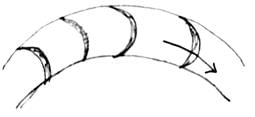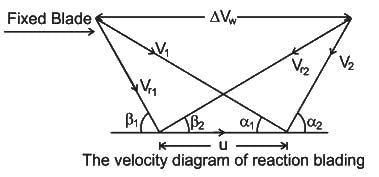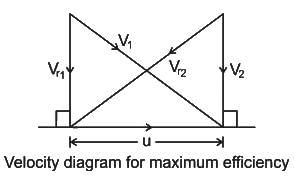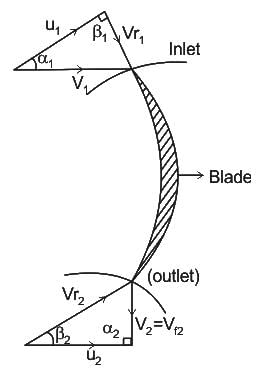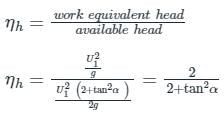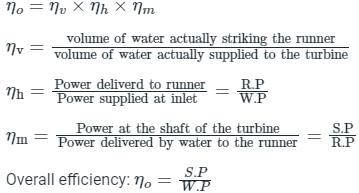Test: Francis Turbine - Civil Engineering (CE) MCQ
10 Questions MCQ Test - Test: Francis Turbine
Which one of the following turbines is the most popularly used one in the medium head range of 60 m - 300 m?
Assuming 80% efficiency, 100 m3/sec of design discharge, and 100 m of design head, what will be the approximate electrical power producted?
The flow ratio of a Francis turbine, if it is working under a head of 62 m and velocity at inlet 7 m/s (g = 10 m/s2) is
The change in head across a small turbine is 10 m, the flow rate of water is 1 m3/s and the efficiency are 80%. The power developed by the turbine is approximately:
Which of the following is true in case of flow of water before it enters the runner of a Francis Turbine?
Which of the following profiles are used for guide vanes to ensure smooth flow without separation?
Which of the following runner types will have the highest vane angle at inlet (β1 value)?
In the figure shown below, which of the following type of runners has the blade curvature as shown in the above figure (The arrow denotes direction of blade motion)?
